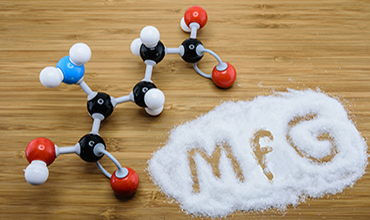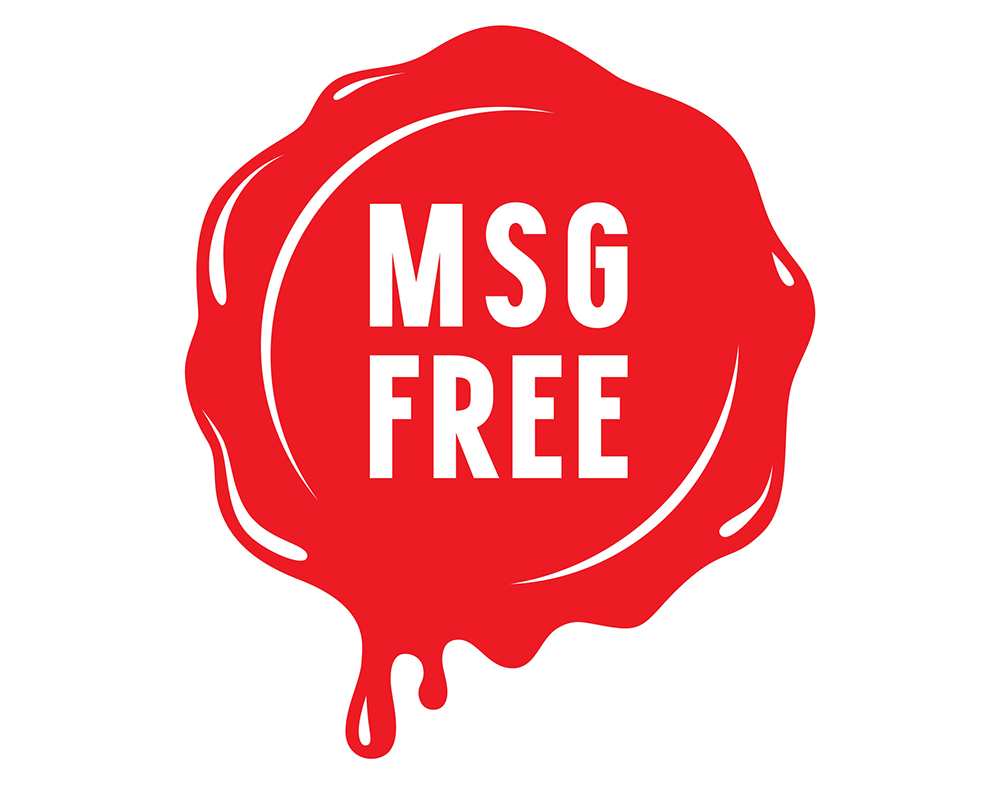
Just when we thought we knew the names of all the ingredients in which MfG 1 could be hidden, a new collection appeared on the market.
For many years we’ve known that flavor enhancers contain the free glutamate in hydrolysates, autolysates, yeast extracts and enzyme modified ingredients that enhanced taste by triggering glutamate receptors in the mouth and on the tongue. These are ingredients such as soy protein isolate, hydrolyzed pea protein and autolyzed yeast extract.
The so-called “plant based,” protein substitutes like “Just Egg,” “Impossible Meats,” “Beyond Beef” and “Lightlife plant-based burgers” contain glutamic acid and aspartic acid (both excitotoxic 2 – brain damaging — ingredients) which are part of the amino acid stews used for claiming that the products contain protein.
Now, with a rush for “clean labels,” 3 creative new names are being assigned to old ingredients.
Names of ingredients that always contain MfG
Note: Glutamic acid found in unadulterated protein does not cause adverse reactions. To cause adverse reactions, the glutamic acid must have been processed/manufactured, released from protein during processing, or come from protein that has been fermented.
Everyone knows that some people react to the food ingredient monosodium glutamate (MSG). What many don’t know, is that more than 40 different ingredients contain the chemical in monosodium glutamate — Manufactured free Glutamate (MfG) — that causes these reactions. The following list of ingredients that always contain MfG was compiled over the last 30 years from consumer reports and information provided by manufacturers and food technologists.
Glutamic acid (E 620) 4
Glutamate (E 620)
Monosodium glutamate (E 621)
Monopotassium glutamate (E 622)
Calcium glutamate (E 623)
Monoammonium glutamate (E 624)
Magnesium glutamate (E 625)
Natrium glutamate
anything “Hydrolyzed”
any “Hydrolyzed protein”
Calcium caseinate, Sodium caseinate
Yeast extract, Torula yeast
Yeast food, Yeast nutrient, Nutritional yeast
Autolyzed yeast, Brewer’s yeast
Gelatin
Textured protein
Whey protein
Whey protein concentrate
Whey protein isolate
Soy protein
Soy protein concentrate
Soy protein isolate
anything “Protein”
anything “Protein fortified”
anything “Protein concentrate”
anything “Protein isolate”
Zinc proteninate
anything “Proteninate”
Soy sauce
Soy sauce extract
Protease
anything “Enzyme modified”
anything containing “Enzymes”
anything “Fermented”
Vetsin
Ajinomoto
A list of the additional ingredients that contain lesser amounts of MfG will be found at: https://www.truthinlabeling.org/assets/ingredient_names.pdf
Footnotes
- Manufactured free Glutamate
- Brain damaging.
- Labels of foods that contain undesirable components but give no clue to their presence.
- Numbers used in Europe in place of food additive names.
If you have questions or comments, we’d love to hear from you. If you have hints for others on how to avoid exposure to MfG, send them along, too, and we’ll put them up on Facebook. Or you can reach us at questionsaboutmsg@gmail.com and follow us on Twitter @truthlabeling.


